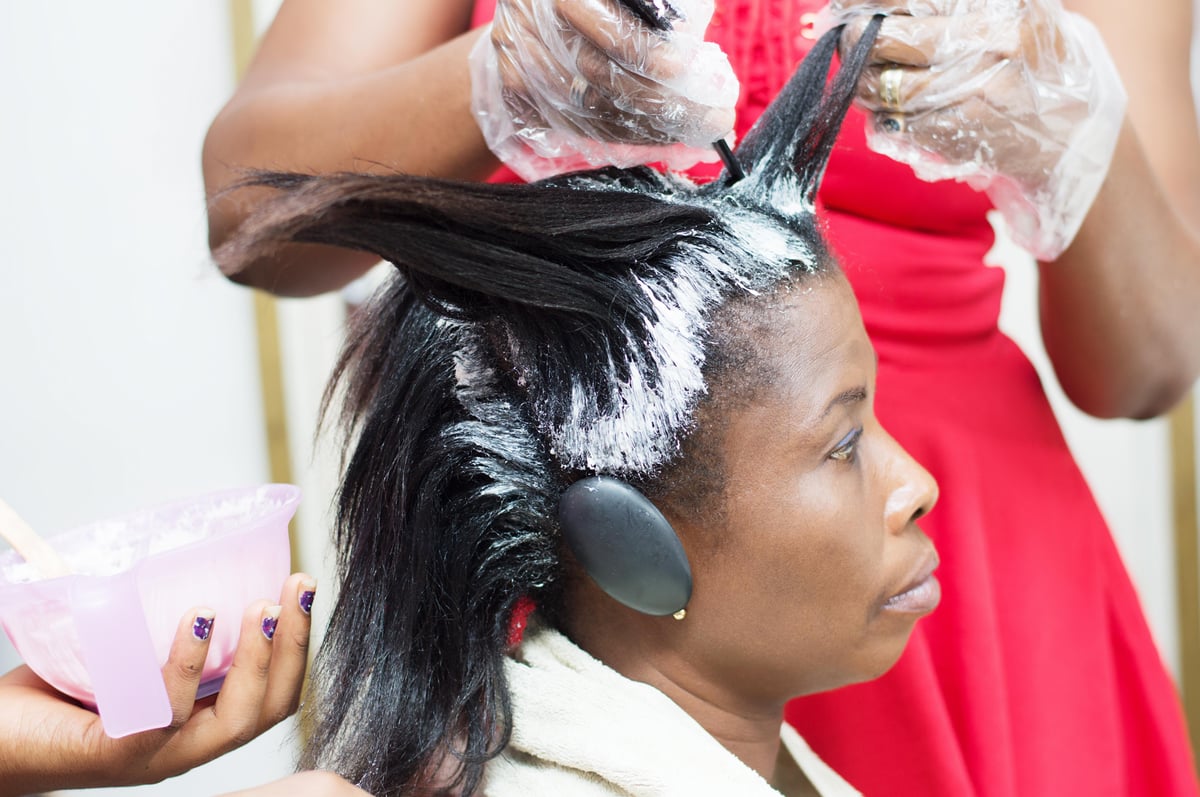Beauticians, Hairdressers May Face Higher Odds for Ovarian Cancer

TUESDAY, July 11, 2023 (HealthDay News) -- When thinking of people in high-risk jobs, hairdressers and beauticians don’t immediately come to mind.
But cosmetologists have a much greater chance of developing ovarian cancer than the average woman, a new study reports.
Specifically, working for a decade or more as a hairdresser, barber or beautician is associated with a threefold higher risk of ovarian cancer, according to a report published July 10 in Occupational & Environmental Medicine.
Other jobs also increase a woman’s risk of ovarian cancer, including accountancy, construction, the clothing industry, and sales and retail.
The results “suggest that employment in certain occupations and specific occupational exposures may be associated with increased risks of ovarian cancer,” the paper co-authored by Anita Koushik concluded. She's an investigator at the University of Montreal department of social and preventive medicine in Quebec, Canada.
For this study, her team identified about 490 women diagnosed with ovarian cancer in Montreal between 2010 and 2016, and compared them to nearly 900 who didn’t have ovarian cancer.
The women were required to report the details of any jobs they held for at least six months. The researchers used a Canadian job-exposure matrix to calculate participants’ exposure to specific chemical agents in the workplace.
Calculations showed that holding several types of jobs for a decade or longer might be linked to a heightened risk of ovarian cancer:
- Construction had a nearly tripled risk
- Accountancy had a doubled risk
- Work in the clothing industry came with an 85% increased risk
- Sales and retail came with a 45% and 59% increased risk, respectively
The researchers also identified 18 agents in the workplace that were associated with increased ovarian risks of 40% or more.
These included talcum powder; ammonia; hydrogen peroxide; hair dust; synthetic fibers; polyester fibers; organic dyes and pigments; cellulose; formaldehyde; propellant gases; and naturally occurring chemicals in petrol and bleaches.
Hairdressers, beauticians and other cosmetologists are frequently exposed to 13 of these agents, including ammonia, hydrogen peroxide, dyes and pigments, and bleaches, the researchers noted in a journal news release. They also are frequently exposed to talcum powder.
However, it’s not clear whether the observed associations with ovarian cancer are due to a single agent, a combination of agents, or other workplace factors, the investigators reported.
Melissa Friesen and Laura Beane Freeman of the U.S. National Cancer Institute wrote a commentary that accompanied the findings.
The current study “reminds us that while the lack of representation of women in occupational cancer studies — and indeed, even potential strategies to address this issue — have been long recognized, there is still a need for improvement in studying women’s occupational risks,” they wrote.
“By excluding women, we miss the opportunity to identify risk factors for female specific cancers, to evaluate whether sex-specific differences in risk occur, and to study exposures occurring in occupations held primarily by women,” they concluded.
More information
The American Cancer Society has more about ovarian cancer.
SOURCE: Occupational & Environmental Medicine, news release, July 10, 2023
Related Posts
Esophageal Acid Exposure Shorter With Left Lateral Sleep Position
TUESDAY, Feb. 15, 2022 (HealthDay News) -- During sleep, the left lateral...
Biden Pushes Vaccines, Masks as Best Defense Against Omicron Variant
MONDAY, Nov. 29, 2021 (HealthDay News) -- Vaccines and masks will be the United...
AHA News: To Improve Maternal Health, Report Says to Start Before Pregnancy
MONDAY, Feb. 13, 2023 (American Heart Association News) -- A woman's heart...
Brain Changes May Fuel ‘Long COVID’ Anxiety, Confusion
TUESDAY, March 8, 2022 (HealthDay News) -- Here's more evidence of the toll that...
